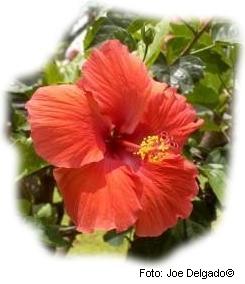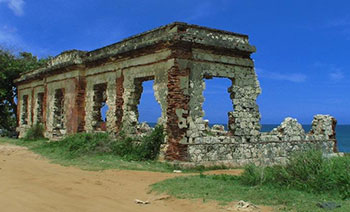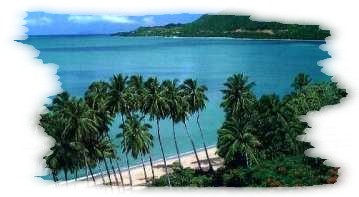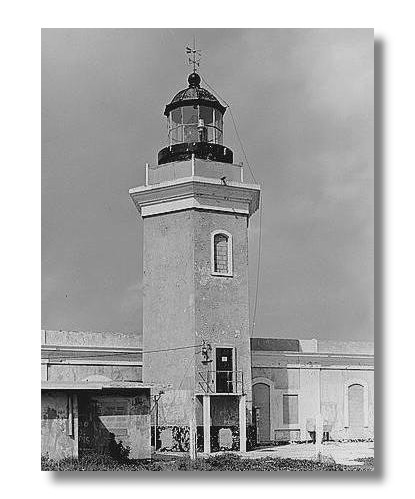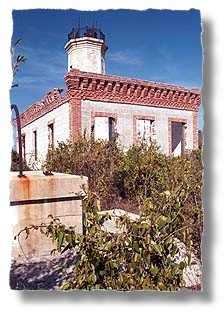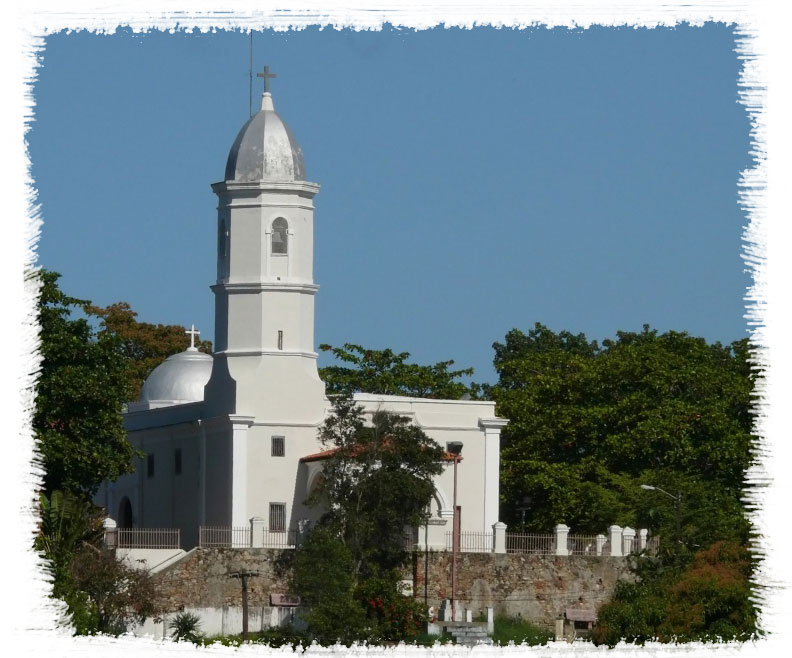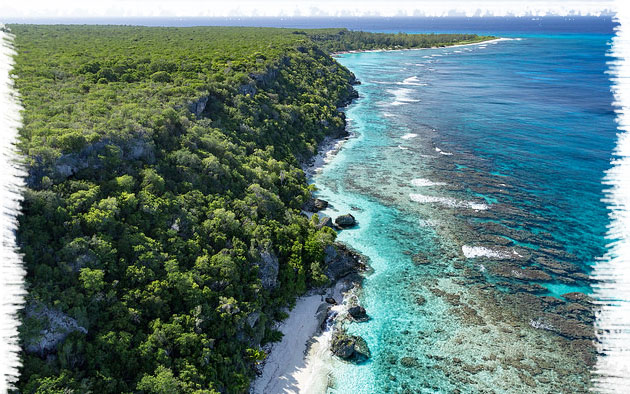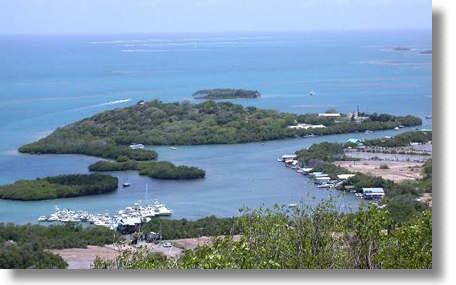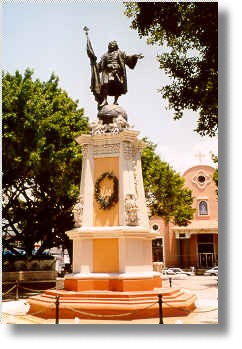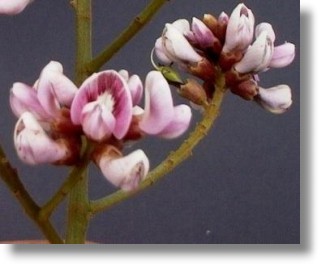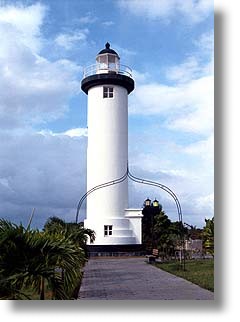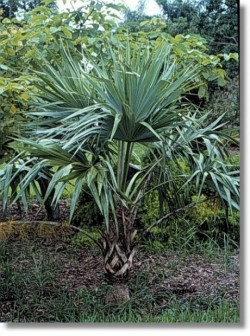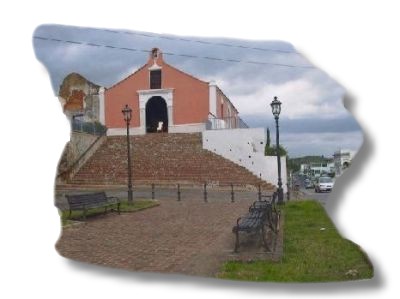Aguada, Puerto Rico Sotomayor's Villa Aguada (ah-GWAH-dah) known as “El Pueblo Playero,” “La Ciudad del Vaticano,” “La Villa Sotomayor,” and “La Villa de San Francisco de Asís,” is a historic and cultural destination in western Puerto Rico that captivates both residents and visitors. Founded in 1510 by Don Cristóbal de Sotomayor, lieutenant of Juan Ponce de León, Aguada is the second-oldest settlement on the island, after Caparra. Its famous saying, “Por Aguada fue,” reflects the belief that Christopher Columbus arrived in Puerto Rico through its shores, marking a unique place in Caribbean history. Surrounded by the Atlantic Ocean to the north and bordering Aguadilla, Rincón, Añasco, and Moca, Aguada...
Aguadilla, Puerto Rico
Aguadilla, Puerto Rico The Water Hole Villa Aguadilla (ah-gwah-DEE-yah) popularly known as the “Town of the Water Eye.” This nickname is linked to the Chiquito River, now known as El Parterre, one of the main springs in the area and the historical center of the city. Other nicknames for Aguadilla include “the Town of Sharks,” due to the historical presence of sharks along its coasts; “the New Garden of the Atlantic,” because of its vegetation and natural attractions; and “the place where even the stones sing,” referring to local legends and the municipality’s cultural richness. Aguadilla, a town with deep traditions, celebrates its patron saint festivities dedicated to Saint...
Añasco, Puerto Rico
Añasco, Puerto Rico Where The Gods Die Añasco (ah-NYAHS-ko) is known as “the town where the gods die,” “the puff pastry town,” “the blood sausage town,” and “the natives.” The patron saint is Saint Anthony the Abbot. Añasco is located in the valleys of the west coast of the island, and is bordered by the Río Grande de Añasco. It is bordered by the towns of Rincón, Aguada, and Moca to the north; Mayagüez to the south; San Sebastián and Las Marías to the east; and the Mona Channel to the west. The land is largely flat, but there are some elevations that belong to the San Francisco mountain...
Cabo Rojo, Puerto Rico
Cabo Rojo, Puerto Rico Cofresí's Town Cabo Rojo (KAH-bo, ro-ho) is known as “the town of Cofresí,” “los mata con hacha,” “the cradle of Betances,” and “the capital of domestic tourism in Puerto Rico.” This municipality stands out for the diversity of its geography, the richness of its natural resources, and the biodiversity of its ecosystems. Among its main attractions are the Faro de Los Morrillos, a historic and tourist symbol rising above the limestone cliffs, and its renowned beaches such as Combate, Boquerón, Playa Sucia, Puerto Angelino, and Joyuda. Additionally, Cabo Rojo is home to beautiful lagoons such as Atolladero, Joyuda, Guaniquilla, and Caño Boquerón; bays like Bramadero,...
Guánica, Puerto Rico
Guánica, Puerto Rico Friendship City Guánica (GWAH-nee-kah) is known as “El Pueblo de la Amistad,” “Los Jueyeros,” “El Pueblo de las Doce Calles,”and “La Puerta de la Cultura” (Friendship Town, The Crabbers, Town of the Twelve Streets, Portal to Culture). The town’s patron saint is Saint James the Apostle, whose festival is celebrated on July 25. Other important celebrations are the Fish Festival held every year in April, and the annual commemoration on August 12 of the day when Spanish conquistador Juan Ponce de León landed at Guánica’s bay. Guánica is situated on Puerto Rico’s southwestern coast, and is bounded by the Caribbean Sea to the south and by...
Hormigueros, Puerto Rico
Hormigueros, Puerto Rico Town of Our Lady of Monserrate Hormigueros (or-mee-GAI-ros) is known as the “Town of Our Lady of Monserrate”, “miracle town” and “the pilgrim’s town”. The patron saint is Our Lady of Monserrat. Hormigueros is located in the western coastal plains and western side of Puerto Rico. It is bordered on the north by Mayagüez, on the south by Cabo Rojo and San Germán, on the east by San Germán and on the west by Cabo Rojo. The town is located in the western humid mountains and the western valleys. The municipality”s economy is based on commerce and manufacturing. Manufacturing includes pharmaceuticals, needlework, machinery, and electrical and...
Mona Island, Puerto Rico
Mona Island, Puerto Rico Amoná Mona Island is known as the island of “Amoná” and is located at a distance of 73.6 kilometers (45.7 miles) from the western coast of Puerto Rico. Mona Island is one of the places where we can find a almost infinite variety of wild life. This fauna goes from insects, reptiles, marine turtles, and birds. Mona Island is not a vocational center nor a tourist center. It is an area of great ecological value that the Department of Natural Resources has made available to the public in general for passive recreation; limited or restricted. It is considered as a critical habitat for rare wild...
Lajas, Puerto Rico
Lajas, Puerto Rico Cardinal City Lajas (LAH-huz) is known as the “Cardinal City” and “The rock throwers”. The patron saint is the Virgin of Candelaria, whose festival is held in February. The municipality has become a favored site for tourism, both for locals and foreigners. La Parguera is a tourism center that includes the phosphorescent bay and mangrove canals. The municipality is situated in the southwest part of Puerto Rico. It is bordered on the north by the town of San Germán and slightly by Sabana Grande on the northeast, on the south by the Caribbean Sea, on the east by Guánica and on the west by Cabo Rojo....
Mayagüez, Puerto Rico
Mayagüez, Puerto Rico Sultan of the West Mayagüez (mah-yah-GWES) known as “the Sultan of the West,” is a city where history, culture, and modernity intertwine. Its famous nickname comes from the legend of a woman with Arab features whose beauty captivated everyone who met her. Additionally, the city is recognized as “the City of Pure Waters,” “the Cradle of Eugenio María de Hostos,” “the City of Brazo Gitano,” “the City of the Indians,” and “the Town of the Mango.” Its patron saint, Our Lady of Candelaria, is celebrated with fervor through festivals that reflect the devotion and community spirit of Mayagüez’s residents. Located on the western coast of Puerto...
Moca, Puerto Rico
Moca, Puerto Rico The Mundillo Lace Capital Moca is widely known as the “Capital of the Mundillo,” a traditional bobbin lace craft that is deeply rooted in the municipality’s cultural identity. It is also recognized as the town of “Los Vampiros,” a nickname of historical and folkloric origin. The town’s patron saint is Our Lady of Montserrat, a central figure in Moca’s religious and community life. The municipality borders San Sebastián to the east, Aguada to the west, Isabela and Aguadilla to the north, and Añasco to the south. This location has strengthened Moca’s agricultural, commercial, and cultural ties within Puerto Rico’s northwestern region. From a geographic perspective, Moca...
Rincón, Puerto Rico
Rincón, Puerto Rico Town of Beautiful Sunsets Rincón (ring-KON) is known as the “Town of the Beautiful Sunsets” and “Surfing Town,” its residents are called “The Surfers”. Its patron saint is Santa Rosa de Lima. Rincón is visited by thousands of tourists each year. Since the celebration of the World Surfing Championship almost twenty years go, Rincón’s six beaches have turned into the winter mecca for people who practice surfing. Whales in danger of extinction can be observed in the area during the months of winter. Rincón is located on the extreme western point of the island. Rincón is bordered on the north by the municipality of Aguada and...
Sabana Grande, Puerto Rico
Sabana Grande, Puerto Rico Town of Prodigies Sabana Grande (sah-BAH-nah GRAHN-de) is known as the “Town of Prodigies”, the “Town of the Virgen del Rosario del Pozo,” the “City of the Petate” and the “Town of the Petate Makers”. The petate is a mat made from a type of palm (Thrinax morrisii) that grows in the area. This palm weave had diverse uses, among them: sleeping mats, and mats to dry coffee and other grains. The patron saint of the municipality is San Isidro Labrador. The municipality is bordered on the north by the municipality of Maricao, on the south by Guánica, on the west by San Germán and...
San Germán, Puerto Rico
San Germán, Puerto Rico The City of Hills San Germán (sahn her-MAHN) is known as the “City of the Hills”, the “City of the Swallows”, the “Founding City”, the “Cradle of Puerto Rican Basketball” and the “Pilgrim City.” The patron saint is San Germán de Auxerre and residents are called sangermeños. San Germán is bordered on the north by the municipalities of Mayagüez and Maricao, on the east by the municipality of Sabana Grande, on the west by Hormigueros and Cabo Rojo and on the south by the municipality of Lajas. Geographically, it is part of the region called the western plains or coastal valleys. Its land is alluvial...

